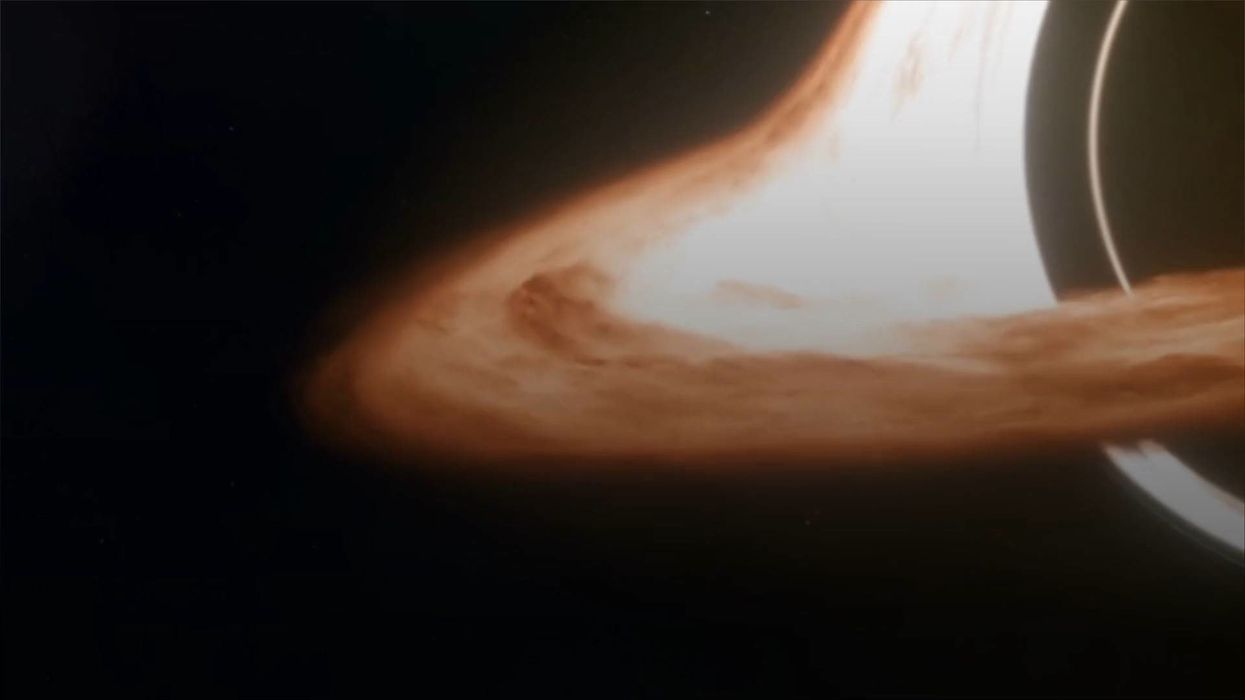Sinead Butler
Aug 28, 2024
Massive Black Hole Awakens in a Galaxy Far, Far Away
Wibbitz - Technology / VideoElephant
The James Webb Space Telescope has been discovering “impossible” monster galaxies in the early universe that have left the cosmology world puzzled… until now as astronomers believe they have an answer.
It was previously reported that over six massive galaxies were spotted by the state-of-the-art telescope which were much bigger and more mature than expected based on their placement.
Such was the size of the monster galaxies, some of them were even larger than our Milky Way when the universe was only about 3 per cent of its current age, much to the surprise of researchers.
Therefore, two possible explanations from this information were we didn’t have all the knowledge on how galaxies are formed, or the universe is a lot older than estimated.
But actually neither explanation holds the key, at least according to new research which suggests early galaxies aren’t as massive as they seem.
Research published on Monday in The Astrophysical Journal conducted at the University of Texas at Austin found that black holes caused some of the early galaxies to appear bigger than brighter than they are due to consuming gas at a lightning fast rate.
Consequently, the rapid movement of gas particles caused friction and resulted in them emitting more heat and light, so the galaxies appeared a lot brighter in the telescope.
“The bottom line is there is no crisis in terms of the standard model of cosmology,” study co-author Dr. Steven Finkelstein said.
“Any time you have a theory that has stood the test of time for so long, you have to have overwhelming evidence to really throw it out. And that’s simply not the case.”
Despite this breakthrough research, there remain some instances of giant galaxies in the early universe which cannot be explained by the new study.
Stars could potentially hold the answer to this, as scientists think there is a process we’re not familiar with regarding how they are formed in the early universe.
Compared to our universe, researchers reckon the formation process of a star may be much quicker in the early universe due to increased density with a greater contracting pull. Therefore “modest changes” to star formation physics could explain some of the baffling observations.
“Maybe in the early universe, galaxies were better at turning gas into stars,” said Katherine Chworowsky, co-author of the study.
“We are still seeing more galaxies than predicted, although none of them are so massive that they ‘break’ the universe.”
Sign up to our free indy100 weekly newsletter
How to join the indy100's free WhatsApp channel
Have your say in our news democracy. Click the upvote icon at the top of the page to help raise this article through the indy100 rankings.
Top 100
The Conversation (0)














